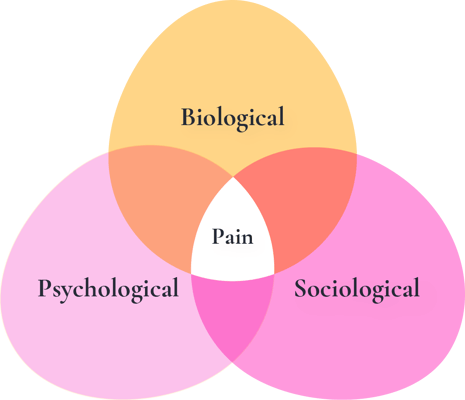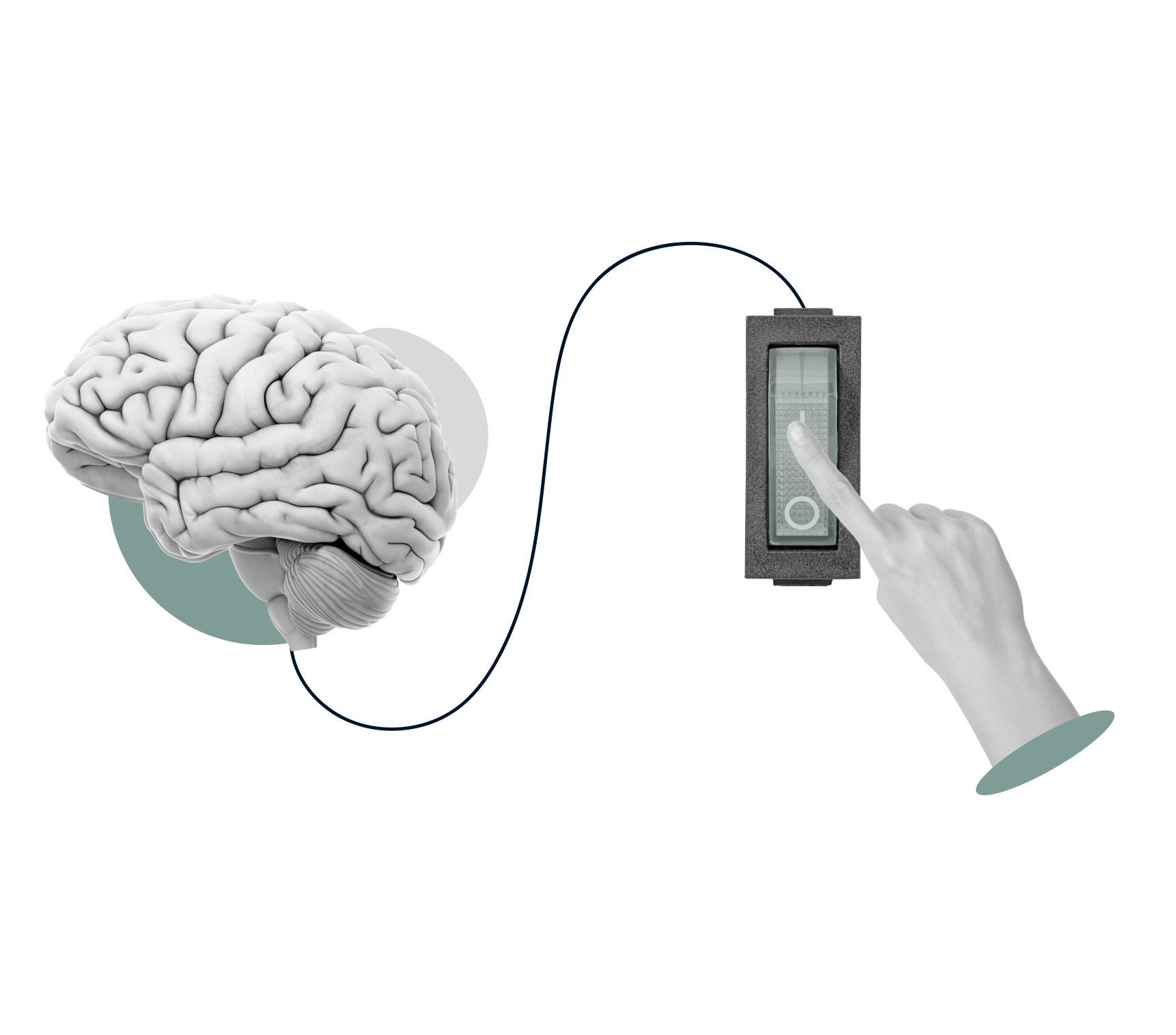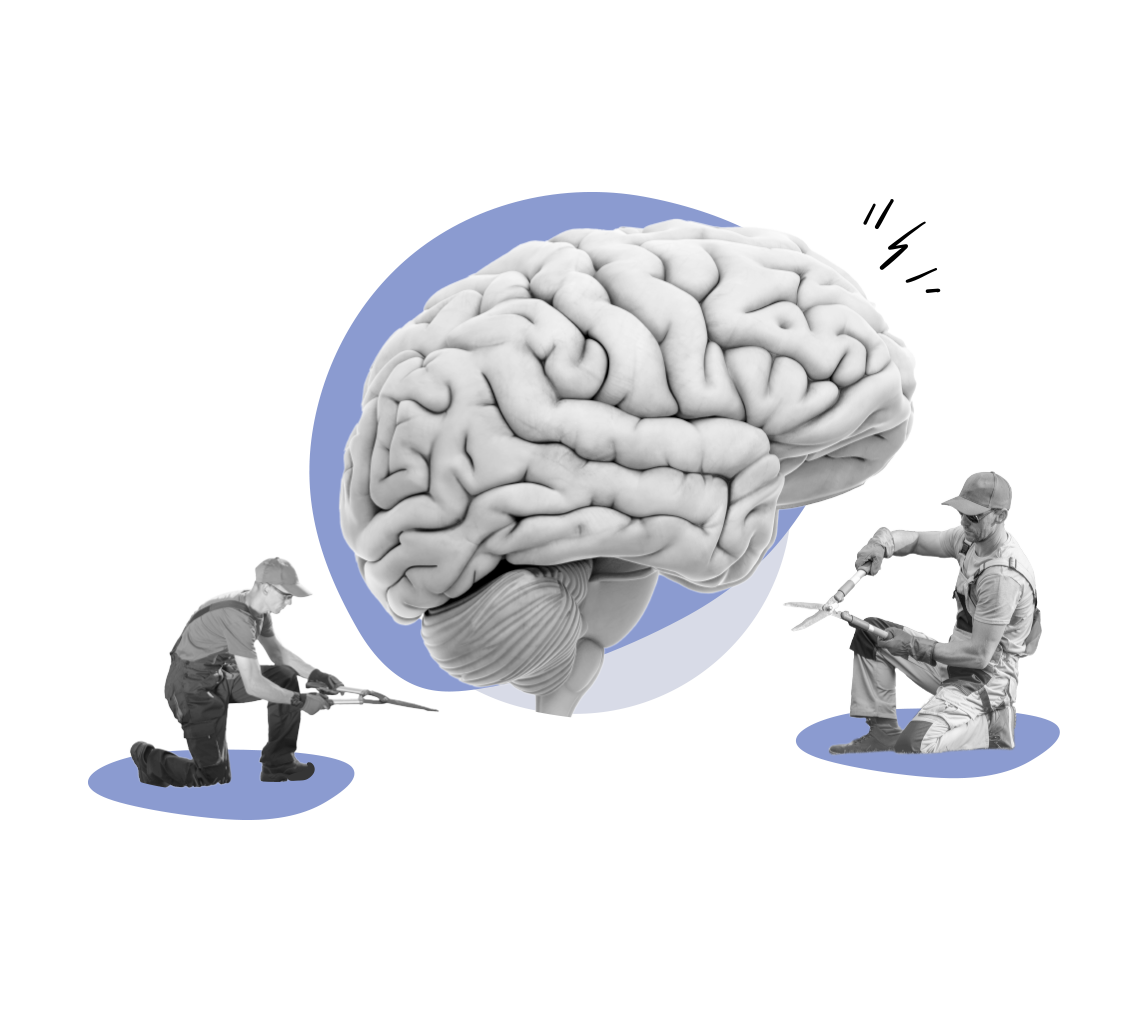Pain: more than just biology

There is a story pain specialists love to tell about two people who both bump their big toes in the exact same way but have completely different experiences. They tell the story because it captures the true nature of pain.
The story: It is the weekend and both people are at barbecues. The first person’s life is great: good job, good money, awesome family, excellent shape, interesting and supportive friends, perfect home. The other’s life is a mess: boring job, no money, stale marriage, unruly teenage kids, overweight, unwholesome friends, crummy apartment. While at their respective barbecues, they both stump the same small toe on the same foot in the same way.
The first character winces, bends down to check the damage, feels the throbbing pain and then carries on into the house to get the burgers for the table and soon forgets all about the accident. The second character, however, buckles over, howling in pain. They curse and grunt, and they snap at anyone offering help. The pain consumes them and they fall into misery, ruining the barbecue. Their toe hurts for days afterward.
Both characters have the same biological response to stumping their toes: pain. But each character has a completely different experience of the pain, and that is because of all the other stuff going on in their lives and environments. Like these two characters, your experience of pain is determined by biological, psychological, and sociological factors.
Your pain is biological
When you bang your shin against the corner of a heavy coffee table, sensory receptors send impulses to your brain. Your brain then responds with orders for action, and you grab your shin, fall onto the sofa, and call out in pain. There is swelling and there is bruising.
This is a purely biological response, the major aim being to get away from what caused the harm, teach you to avoid similar situations, and start the healing process. Your genes, anatomy, nervous system, and hormones are major players in this domain.
Your pain is psychological
Your experience of pain is also completely subjective. It is influenced by your emotions, moods, experiences, thoughts, beliefs, expectations, and how you cope with pain. These are all constructs of your brain. Your pain is ‘all in your head.’
What will send you to tears when you’re sad or stressed you’ll hardly notice when you’re happy. What can last a blink of an eye when you’re up can last a lifetime when you’re down. How you see your pain and its impact on you and your life is a major part of your experience of it.
This psychological aspect of pain is why some specialists may offer the following advice for managing pain: ‘fix the brain and you fix the pain.’
Your pain is sociological
How well you’re doing financially, whether or not you have medical insurance, the support you get from your friends and family and also how these people influence your behavior and perception, where you live, and your cultural background all affect your experience of pain.
Some cultures may view pain as something you keep to yourself, something to ignore or tough out alone. If you don’t have medical coverage you may decide to manage your pain in other ways that could be destructive. Toxic relationships may be making you depressed, which worsens pain.
Your pain is biopsychosocial
Acknowledging that your pain is more than just a biological response to bodily damage makes treating your pain more effective. It also makes owning your pain easier, a step that is critical for taking control of your unique pain management journey.

